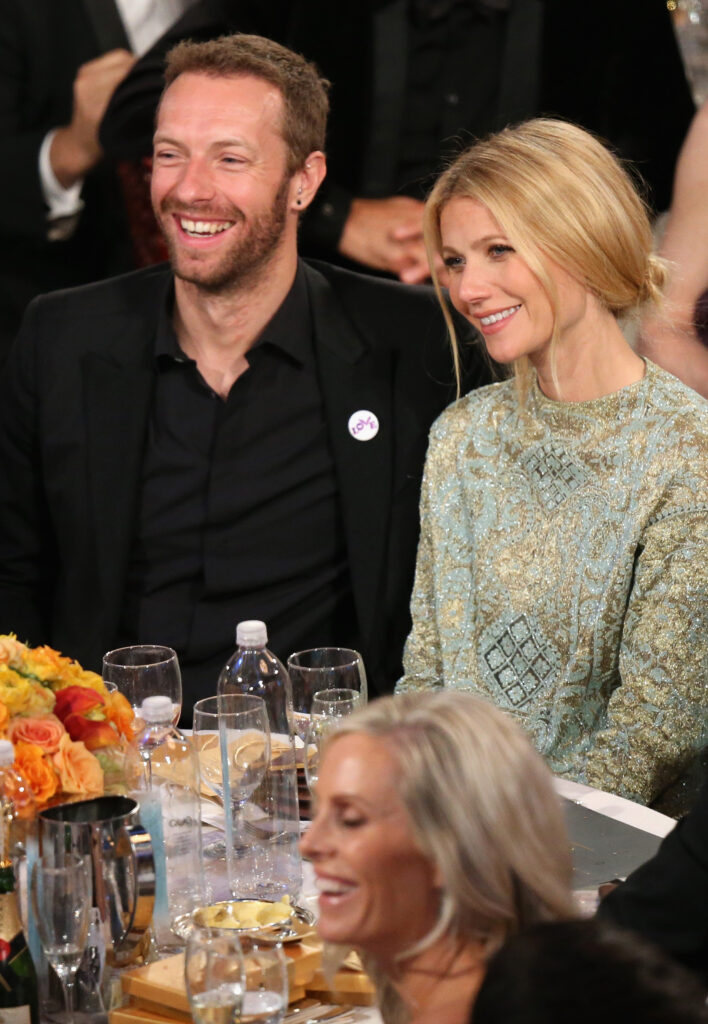A divorce caricature may involve a screaming couple amidst a heated custody battle. However, increasingly, we are witnessing a more unified approach to separation, known as: conscious uncoupling. This is when a couple acknowledges that their marriage has reached its end, and decide to amicably part ways. Gwenyth Paltrow popularised the phrase in 2014 upon her divorce from Chris Martin. And celebrities were quick to follow suit. In September, Sophie Turner and Joe Jonas made the “united decision” to consciously uncouple.
Joining the list of high-profile celebrity divorces of 2023 (we’re looking at you, Hugh Jackman and Debra LeeFurness), Meryl Streep and her husband of 45 years, sculptor Don Gummer, have decided to amicably end their marriage after being separated for more than six years. “While they will always care for each other, they have chosen lives apart,” said a spokesperson for the couple.
These amicable separations have sparked discussion about conscious uncoupling, and the ability to co-parent following a divorce. Is it possible for everyone?

What is a conscious uncoupling?
Coined by psychotherapist and author Katherine Woodward Thomas, a conscious uncoupling refers to an amicable separation – with no resentment or disagreement. It is an empathetic “unravelling of a marriage or relationship” that is in tune with the emotions of both parties, according to Cassandra Kalpaxis, a family and divorce lawyer specialising in collaborative family law and creator of ‘Detox your divorce’ programs.
“The process gives respect to the period in which the parties were together. it acknowledges their ability to, at one point, have loved each other enough to perhaps commit to buying a house together, making future plans, or creating a life with one another.
“A conscious uncoupling attempts to have the parties exit each other with the least amount of damage possible. It encourages focus on bettering each other apart from one another.”
What are the signs of an unhappy marriage?
Every marriage will have its ups and downs. So how do you decipher between a rough patch and a breakdown in a relationship?
“When one party or both is disconnected and unengaged,” says Cassandra. “They stop having meaningful discussions and making any future plans. They become silent they go with the flow to avoid conflict. The couple becomes withdrawn or, alternatively, there is conflict that occurs about almost everything.
“There is a level of passive aggressive behaviour. Everyone is defensive and feels like they are being attacked. They fear discussions with their partner as they know it will lead to conflict. There is a lot of arguing about petty things. One party is very resentful and the other is largely disengaged. This is where we see a lot of jealousy and bickering.”
How do I bring up the topic of divorce with my partner?
If you are unhappy in your marriage, it’s time to have the difficult conversation with your partner. According to Cassandra, it’s important that this happens early to give the other party “an opportunity to address their behaviour”.
“We need to see a commitment from everyone when addressing their behaviour. They need to understand if there is to be a change that everyone needs to try their best. If there is to be a change, it is rarely one person doing all the work,” she says.
“After that period, if there is no change, a discussion that is open, transparent and honest needs to be had with your partner, where it is clearly conveyed that a choice has been made and that choice will not be reversed. If you feel unsafe to do so, have a neutral third party present or schedule to have this discussion with a professional present like a therapist.
“It is important to give your partner space after this has been conveyed, and also to respect the grief cycle that comes with such an important conversation. Your partner is likely to experience a range of emotions including anger, denial, acceptance. THese emotions can be experienced in a variety of different ways.”

What are the steps to an amicable divorce?
An amicable separation comes with big decisions about assets, finances, children, etc. It can overwhelming to know how to start. Cassandra breaks down the general steps below:
- Discussions about your feelings and intent.
- Setting a plan for the future and what will happen when communication becomes different or difficult.
- An honest and open exchange of all financial documentation and disclosure about future and current wealth.
- Engaging a mediator or coach to assist implement any agreements and keep things on track.
- Valuing any assets and agreeing on the process to get that underway.
- Getting on the same page about the children and having discussions about their future and being aligned with parenting.
- Engaging a collaboratively trained lawyer to help draft the legal documents to finalise their separation.
What is the best way to co-parent children after a divorce?
Ensuring children are supported throughout a separation is vital. This is why it is important your parenting decisions are aligned with those of your former partner.
“Parents need to be able to continue to be supportive of one another,” Cassandra says. “To put aside any feelings of resentment and simply focus on what is in the best interests of the children moving forward. They need to avoid trying to out-do or criticise their co parent. Remember how challenging it was to parent when they were together, let alone separately.
“Being a team that is no longer romantically linked is paramount to co parenting. Information about the children needs to continuously be shared without one party seeking to refrain information from the other.”
This article takes general advice from Kalpaxis Legal. Always conduct your own research and consult a legal professional suited to your individual circumstances.




